Biodynamics: Romantic Nonsense or Regenerative Wisdom?
A Side-by-Side Look at Biodynamics and Korean Natural Farming
The majority of consumers will have come across the term biodynamic, and in the context of viticulture it has gained a fair amount of traction. Originating in the rather esoteric philosophies of Rudolf Steiner, biodynamics is a holistic, ecological and ethical farm management system which views the farm as a self-sustaining living organism. It emphasises not only the elimination of synthetic chemicals, but also the integration of cosmic rhythms, composting practices, biodiversity and soil health. The incorporation of practices aimed at harnessing cosmic energies and working in tandem with lunar and planetary cycles has drawn a lot of scepticism, yet on the whole, biodynamics has gained a devoted following who aim to enhance soil vitality, plant resilience and produce quality.
While harnessing cosmic energies sounds like a lot of nonsense (spoiler alert, much of it is), practitioners of biodynamic farming are more often than not getting excellent results. As such, I think the topic warrants some further exploration to see just what about biodynamic practices actually works, and what may be safely omitted. I'd also like to explore another holistic agricultural system called Korean Natural Farming. With a greater and more explicit emphasis on the cultivation of indigenous microorganisms to regenerate soil and support plant health, natural farming (drawing both from Korean and Japanese agrarian traditions) overlaps significantly with biodynamic practices. In what follows we'll take a closer look at both of these branches of agriculture to get a better sense of how biodynamic practices compare to a more scientifically grounded methodology.
Biodynamic Practices
At the heart of biodynamic practices are a series of preparations made from herbs, minerals, and animal parts. Chances are you will have seen mention of things like cow manure stuffed into horns and yarrow blossoms sewn into stag bladders. These are buried in the ground for months at a time and then used in tiny amounts to activate compost or sprayed across fields in highly diluted solutions. While it all sounds a bit esoteric, the aim is to enliven the soil, enhance microbial life, and strengthen plants by reconnecting them with natural rhythms — especially those of the earth and cosmos.
The nine official biodynamic preparations are split between compost additives and field sprays. These are known by a numbering system developed by Rudolf Steiner’s followers. The compost preparations (502–507) use common medicinal herbs like chamomile, dandelion, and valerian, combined with animal organs that act as sheaths — symbolically and biologically enriching the mix as it ferments underground. These are then added in homeopathic doses to compost piles to stimulate decomposition and nutrient cycling. Field sprays like 500 (horn manure) and 501 (horn silica) are used to influence root growth and light metabolism in plants, respectively. There is also horsetail tea (508), often used for its anti-fungal properties. Though scientific support for several of these methods is limited, many of the plants involved are rich in nutrients or have known effects on microbial communities, giving the system some grounding in ecology — even if the cow horns and astrology raise eyebrows.
Biodynamics also involves farming according to lunar and planetary calendars, aiming to sow, harvest, and apply treatments in tune with cosmic forces. Whether or not you believe the moon impacts the growth of vines, it involves a kind of mindful scheduling which encourages observation and connection with seasonal rhythms. Alongside the preparations, biodynamic farms strive to be closed-loop systems: raising animals, making their own compost, avoiding synthetic chemicals, and encouraging biodiversity.
Korean Natural Farming Practices
Korean Natural Farming (KNF) is a regenerative farming method that focuses on cultivating indigenous microorganisms and using simple, primarily homemade inputs to build healthy soil and resilient plants. Developed by Cho Han Kyu in South Korea, KNF is all about working with nature rather than against it. Instead of buying fertilisers or pesticides, farmers practising KNF make their own from materials like fermented fruit, brown rice, fish waste, and essentially any organic material that suits the purpose, including weeds. The cornerstone of the system is IMO, or indigenous microorganisms, which are collected from local forests and multiplied to enrich the soil with beneficial bacteria and fungi adapted to the local environment. These microbes help break down organic matter, unlock nutrients, and protect plants from disease, making the farm more self-sufficient over time.
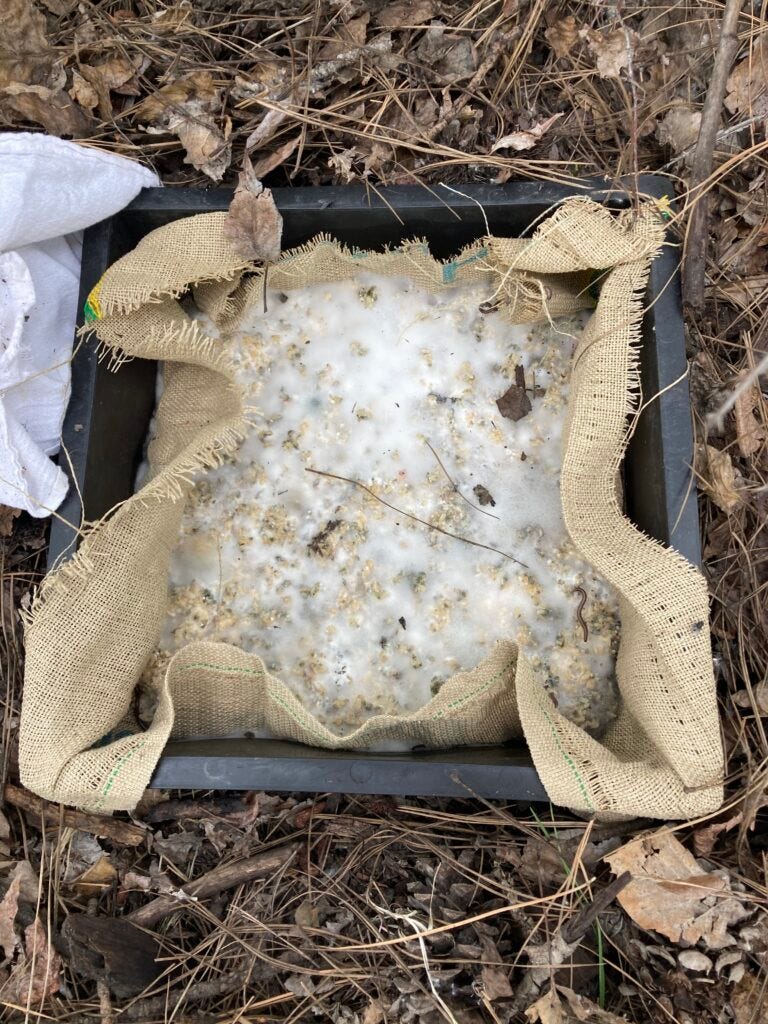
The inputs in KNF have charming names like Fermented Plant Juice (FPJ), Lactic Acid Bacteria (LAB), and Oriental Herbal Nutrient (OHN). Each has a specific role: FPJ gives plants a growth boost using the hormones and enzymes from young shoots; LAB helps with digestion in animals and controls bad bacteria on leaves; OHN is a kind of plant immune booster made with garlic, ginger, and cinnamon. There’s also Fish Amino Acid (FAA) for nitrogen, Water-Soluble Calcium (WCA) from eggshells, and even Water-Soluble Phosphorus (WSP) from animal bones. These are all made through fermentation, using sugar or vinegar to preserve and extract nutrients, and applied in very small amounts, often sprayed as foliar feeds. The idea is to stimulate natural processes, not overwhelm them.
At its core, Korean Natural Farming is less about imposing control and more about creating the right conditions for nature to do the heavy lifting. While scientific research on KNF is still ongoing, many of its microbial techniques overlap with fields like soil microbiology and composting science. Similarly to biodynamics, there is also an educational ethos baked into the practices, with KNF teaching farmers to observe, measure and understand their land deeply, as a whole interconnected system.
How Do They Compare?
While the above are relatively brief overviews of each practice, and not intended as a practical guide to either, some similarities between them should hopefully be apparent. First and foremost, both rely heavily on preparations of organic material, left to ferment or partially decompose before being applied to the field. While the emphasis on fungal and microbiological enhancement of the raw inputs is very explicit in KNF, it is largely the same fundamental principles that operate beneath the mysticism of biodynamics. For instance, there is likely very limited benefit from using cow horns to ferment manure, other than the fact that it creates an ideal habitat for bacteria and fungi involved in the anaerobic decomposition of the manure. Once applied to the soil or compost, this preparation serves its primary purpose as a fungal and microbial inoculant. In practice, therefore, the biodynamic horn manure preparation can be compared to the KNF indigenous micro-organism (IMO) preparation, which is made by letting fungi and micro-organisms colonise a pre-prepared medium rich in nutrients (often cooked rice), before being further incorporated into compost.
Similarly, biodynamic preparations 502–507, which are herbal additives (yarrow, nettle, dandelion, etc.) aimed at supporting decomposition and mineral processes in compost, can be compared to what is quaintly referred to as Fermented Plant Juice (FPJ). In addition to microbial life, these all largely rely on the accumulation of certain hormones or minerals in the plants used for the preparation. For example, fast-growing plants, or plants collected at specific parts of the growing cycle when growth hormone production is at its peak, result in preparations with an increased concentration of enzymes and hormones, which, when applied as foliar sprays, can stimulate the receiving plant.
The biodynamic preparation 505, which is oak bark, is said to function as a regulator of calcium processes in the soil. To make 505, oak bark is packed into an animal skull and buried in a moist environment over winter. While the contribution of the skull is of dubious value, oak bark, particularly from older trees, can contain significant amounts of calcium which can aid soils that are calcium-deficient. Letting the bark sit in a moist and active microbial environment over winter can aid in making the calcium available to plants, so there may be some method to the practice, but any container would do the same trick. Again, a large element of mysticism permeates the practices in biodynamics. In KNF, the equivalent preparations would be Water-Soluble Calcium (WCA) and Water-Soluble Phosphorus (WSP), which are made from calcium extracted from eggshells and phosphorus extracted from charred bones. These two preparations are much clearer in their chemical reasoning and their application.
Korean Natural Farming uses lactic acid bacteria (LAB), which are specifically cultured and applied to plants directly as foliar spray, soil drenches or in conjunction with compost, relying on what might be called microbial antagonism. In short, the lactic acid bacteria are a group of beneficial, anaerobic bacteria that ferment sugars into lactic acid, creating an acidic environment that inhibits the growth of harmful microbes. Aside from playing a useful supportive role in the soil, it can also aid in reducing the smell of compost. If you’ve got a smelly bin, spraying some LAB into it would, in short order, remove any foul odour. The equivalent in biodynamics would be preparation 508, which is a horsetail tea, which, being high in silica, has phenolic compounds, alkaloids, and flavonoids, some of which show antimicrobial activity. It is these antimicrobial properties and the high silica content that make this preparation effective, something which gives preparation 508 a far firmer scientific backing than most biodynamic preparations.
KNF also uses fish-based nitrogen fertilisers. So-called FAA, Fish Amino Acid, is made using fermented fish waste, which results in a highly concentrated and nitrogen-rich solution. Layering fish and brown sugar rich in molasses in a fermenting vessel, the fish breaks down almost entirely over a period of around six months. While highly potent and requiring dilution, it is far removed from synthetic fertilisers in several key aspects. Primarily, being a product of fermentation, it comes with beneficial microbes and organic compounds that feed soil life, helping to build soil structure over time. FAA also delivers amino acids, peptides, and organic nitrogen compounds in a form that’s more slowly available to plants. This is in stark contrast to synthetic fertilisers, which quickly disrupt microbial life and, by allowing the plant to bypass their symbiotic relationship with microbes and fungi, quickly degrade the soil. Biodynamic practices do not have a direct equivalent to FAA, but many biodynamic growers use similar fermented nutrient feeds.
What Korean Natural Farming does not incorporate, however, is the spiritual element aligning practices with cosmic energies. Speaking to devout practitioners of biodynamics, it is very hard to get a straight answer as to what this energy actually derives from, and the conclusion that it essentially amounts to a religious conviction is hard to escape.
One claim in particular which stands out, and which I have heard repeated many times in discussions with, for lack of a better word, believers, is that the moon phases play a critical role throughout the life cycle of the vine. The core idea is that just as the moon affects tides, it also influences sap flow, seed germination, and microbial life through subtle, rhythmic forces. When the moon ascends, it’s believed that energy and growth forces rise, favouring foliar growth and activities like pruning or harvesting leafy crops. During descending periods, when lunar movement is closer to the Earth, root activity is emphasised, making it a good time for sowing root crops or composting.
Nobody disputes the moon’s influence on tides. That said, though the effects of gravity technically have no boundary, gravity is inversely proportional to the square of separation. For example, if two masses had the distance of separation doubled, it would only be one-quarter as strong. It also relies greatly on the mass of the respective objects in question. Oceans represent a vast interconnected and fluid body of water, allowing differential gravity (stronger when facing the moon) to generate movement, which, when meeting shorelines, results in observable tides. The effect exists everywhere, including in larger lakes, but is far less pronounced. Sap inside a plant, however, is not a free-moving body of water, but tightly confined in vascular tissues (xylem and phloem). At such a small scale, the moon’s gravitational difference across a plant is infinitesimally small—far too weak to induce meaningful movement. To put it in perspective, the gravitational attraction between a person and a nearby building can be stronger than the moon’s differential pull across a plant. That said, many will completely disregard this and insist that not only should vineyard practices be aligned with the lunar cycle, but that tastings should also be conducted during key moments due to the cosmic energies influencing how your palate perceives the wine. Psychology plays a big part in how we perceive our senses, so perhaps believing it strongly enough will make it so… the moon certainly plays no more than a symbolic role.
Perhaps the strongest argument I've heard in support of the moon’s effect on sap flow relates to the moon’s role as a reflector, with more sunlight being reflected back onto Earth during a full moon than during a new moon, thereby stimulating increased plant activity. This, at least on the face of it, is a far more appealing hypothesis than anything related to gravity. There is no reason to suspect that what goes on during the night should not have contributed to the evolutionary pressures that have shaped plant behaviour as we see it today. Moonlight is also slightly shifted to the infrared compared to sunlight, as a result of absorption of certain wavelengths on the moon’s surface.
That said, even when the moon reaches its highest elevation, most full moons at mid-latitudes will produce only 0.05–0.2 lux. By comparison, direct sunlight, depending on atmospheric conditions, ranges between 32,000–130,000 lux. This puts moonlight right at the threshold for what the photoreceptors in a plant can detect. For instance, there are some phytochrome responses (which regulate flowering and germination) that can be triggered by extremely dim light, often in the 0.1–1 lux range.
Etiolation, a growth response to extended periods of darkness, kicks in when the light a plant is exposed to is consistently less than 0.1 lux. However, signs of etiolation in plants, including grapevines, usually appear within 24–72 hours of a plant being placed in the dark, especially if it was growing in light before. This means that under normal growing conditions this defence mechanism is simply not triggered, as a new day will have started. Few things are quite as predictable, after all, as the fact that the sun will rise again. Exactly what moonlight contributes to the lifecycle of the plant is therefore hard to pin down, but if anecdotal evidence is to be believed, sap flow is indeed stronger during certain moon phases than others. I’ve not been able to find a solid scientific article that can back this up, however, and I’d urge any vineyard manager not to postpone necessary work simply on account of the moon not being in the right phase.
Final Thoughts
Personally, I think biodynamics consists of a fair number of sound practices obscured by rather wishy-washy pseudo-philosophy. That might upset some people, but so be it. By contrast, Korean Natural Farming represents a more grounded approach, one that focuses specifically on the role of microbiology and fungi in the soil-plant relationship. While both practices share some overlap in their more esoteric beliefs, KNF rests on a firmer scientific foundation.
That’s not to say we should dismiss those who run biodynamic vineyards. As mentioned at the start of this article, many biodynamic practitioners achieve excellent results — indeed, some of the finest wines I’ve ever tasted have come from biodynamic estates. Ridge Vineyards, Domaine de la Romanée-Conti, and Domaine Leflaive are just a few high-profile examples of certified biodynamic producers whose wines speak for themselves.
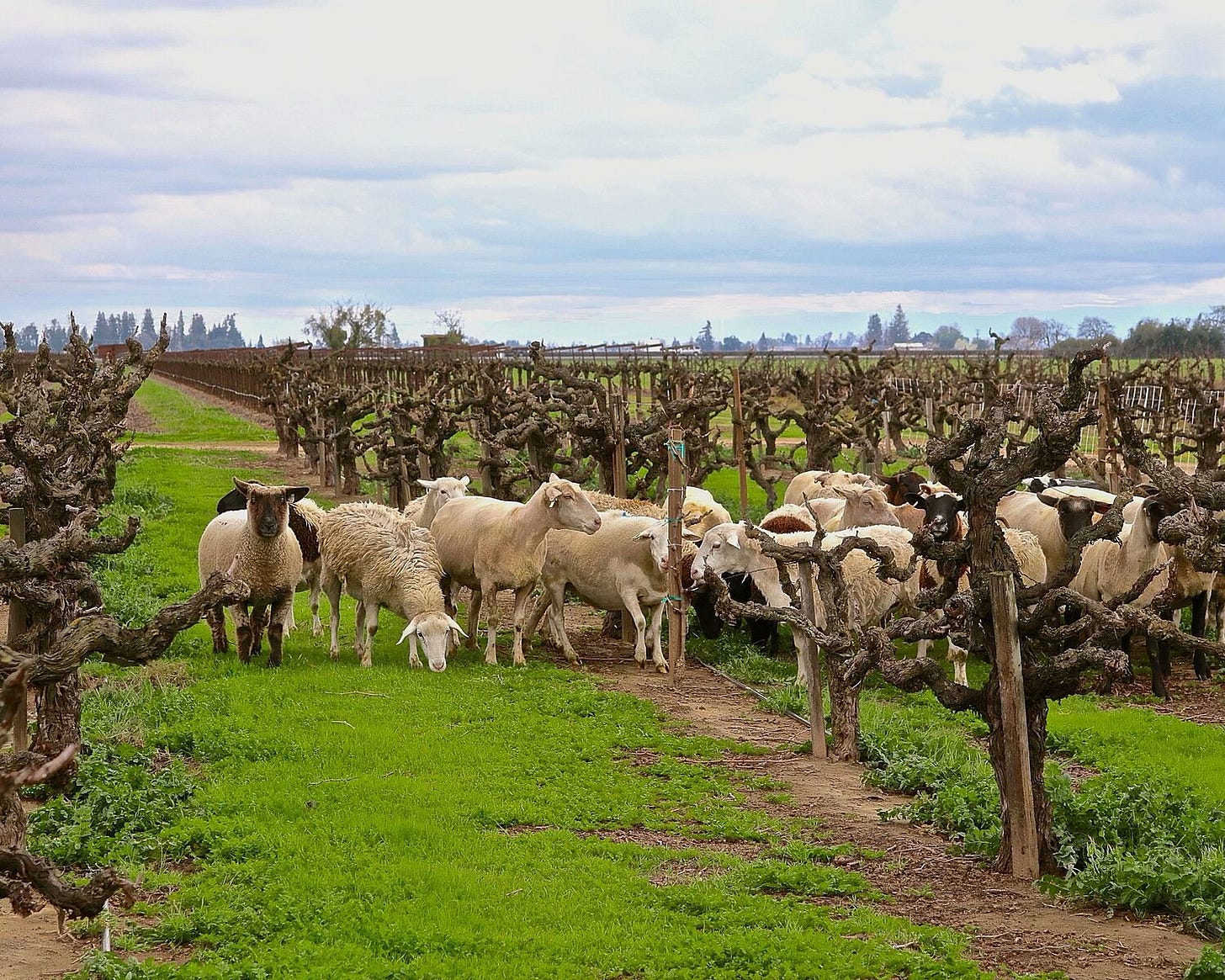
What truly enables these producers to excel, however, isn’t just their adherence to a particular farming system, but their extraordinary attention to detail. The effectiveness of regenerative practices — that is, practices centred on soil health and microbial life — is well established. Regardless of the label, whether Korean Natural Farming, Regenerative Agriculture, or Biodynamics, these approaches can enhance the quality and character of the final wine.
At its best, biodynamics is a philosophy of attentiveness and ecological harmony — sometimes eccentric, occasionally unscientific, but always rooted in the belief that soil, plants, animals, and humans form one interconnected whole.
Anyone dedicated enough to chart moon phases and observe the tiniest changes in the vine is likely to be just as meticulous in every other aspect of their farming. In this way, biodynamics can work — not because of the cow horns, skulls, or cosmic rhythms, but because it encourages a mindset of care, observation, and biological awareness. The mystical framing might add colour and poetry to the practice, but in the end, it’s the viticultural diligence that matters most.




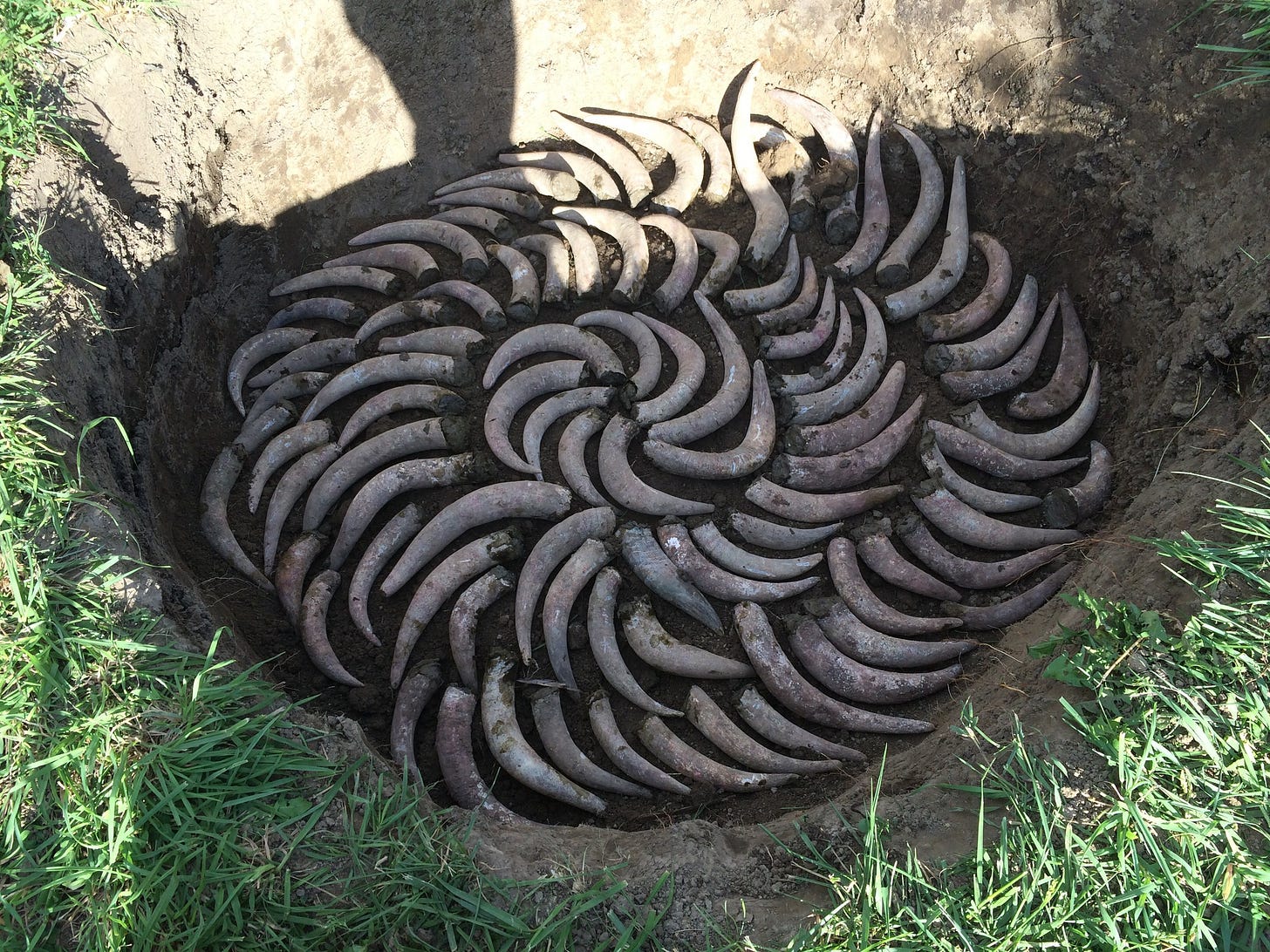
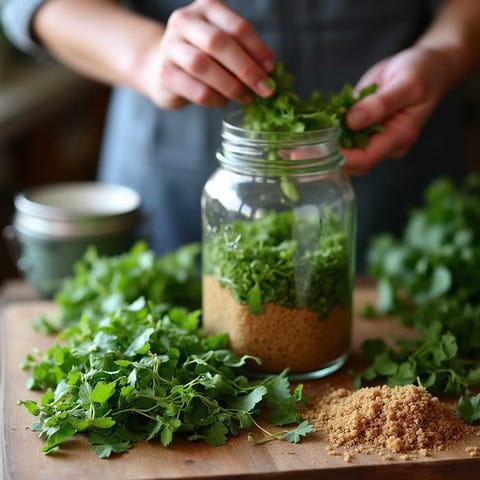
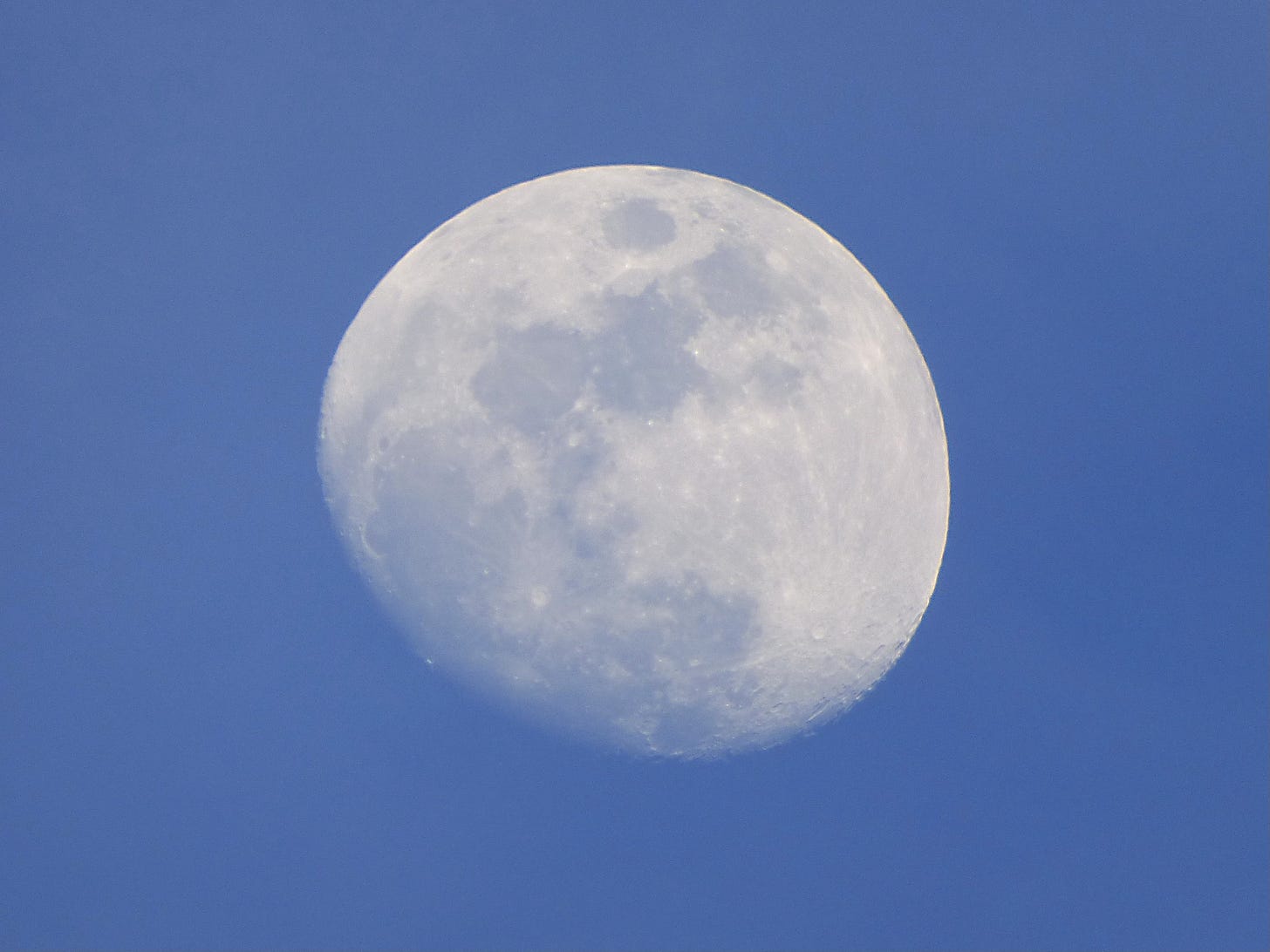
Steiner was a very odd fellow.He was an Austrian occultist into pseudo history and pseudo science and claimed to be a clairvoyant.His education ideas are bizarre, his medicine ideas are seen as ineffective and his biodynamic agriculture was widely accepted by the Third Reich.
There is much merit in organic regenerative wine making but Steiner is a very poor “scientist.”
I was reading an article recently written by a Philosophy prof - had nothing to do with wine - that posed the question whether, morally, lying is always wrong, or if lying can be ok if it leads to a good result. A classic human conundrum. But it made me think of BD wine.
Is promoting pseudoscience always wrong, or is it ok if it leads to excellent wine? On one hand, science is under attack in the world, and anything that helps weaken our understanding of it and promotes non-scientific methods can be harmful. On the other, many argue that the Steiner esoteric stuff is only a small part of modern BD. (Though it is still, it should be pointed out, absolutely required for Demeter certification.)
Personally I’m team ‘pseudoscience is always bad,’ though I understand it is a complicated topic with many nuances. I wasn’t familiar with the Korean practice you covered here but do know that Regenerative Organic does seem to address most if not all of the positive aspects of BD without the mystical junk, so it certainly seems hopeful that someday we might be able to leave the cow horns and stag bladders in the past.